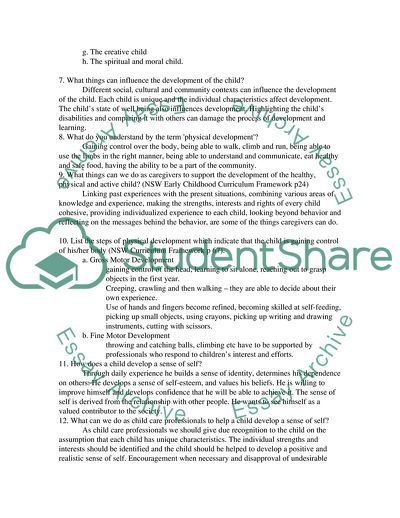Cite this document
(Child Development Theory Assignment Example | Topics and Well Written Essays - 1250 words, n.d.)
Child Development Theory Assignment Example | Topics and Well Written Essays - 1250 words. https://studentshare.org/psychology/1706473-child-care-development-of-children
Child Development Theory Assignment Example | Topics and Well Written Essays - 1250 words. https://studentshare.org/psychology/1706473-child-care-development-of-children
(Child Development Theory Assignment Example | Topics and Well Written Essays - 1250 Words)
Child Development Theory Assignment Example | Topics and Well Written Essays - 1250 Words. https://studentshare.org/psychology/1706473-child-care-development-of-children.
Child Development Theory Assignment Example | Topics and Well Written Essays - 1250 Words. https://studentshare.org/psychology/1706473-child-care-development-of-children.
“Child Development Theory Assignment Example | Topics and Well Written Essays - 1250 Words”. https://studentshare.org/psychology/1706473-child-care-development-of-children.


